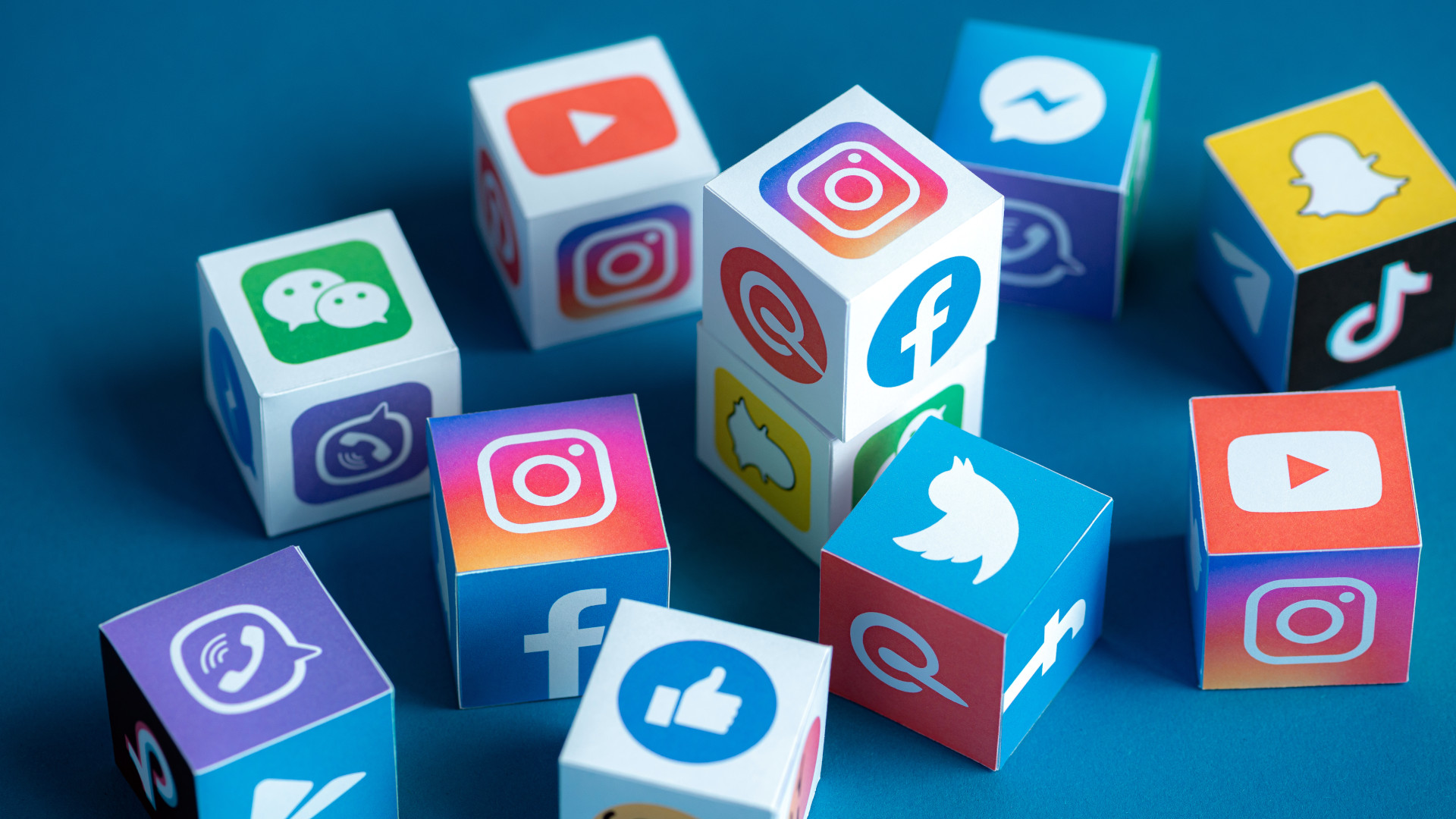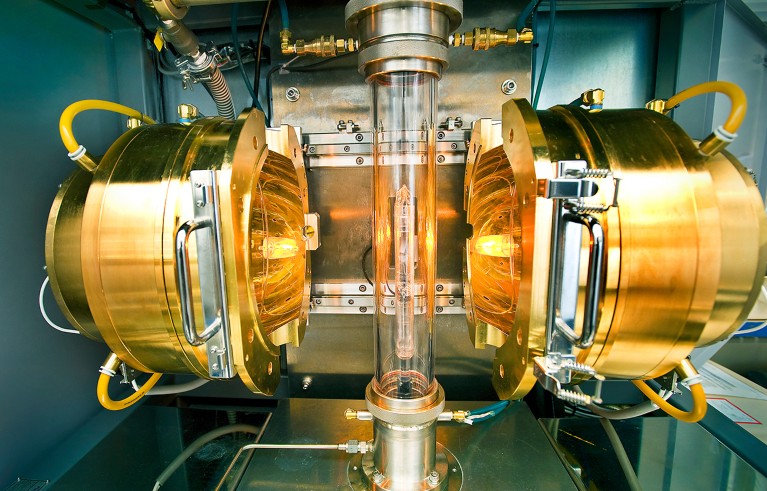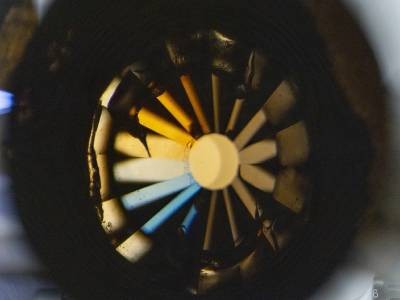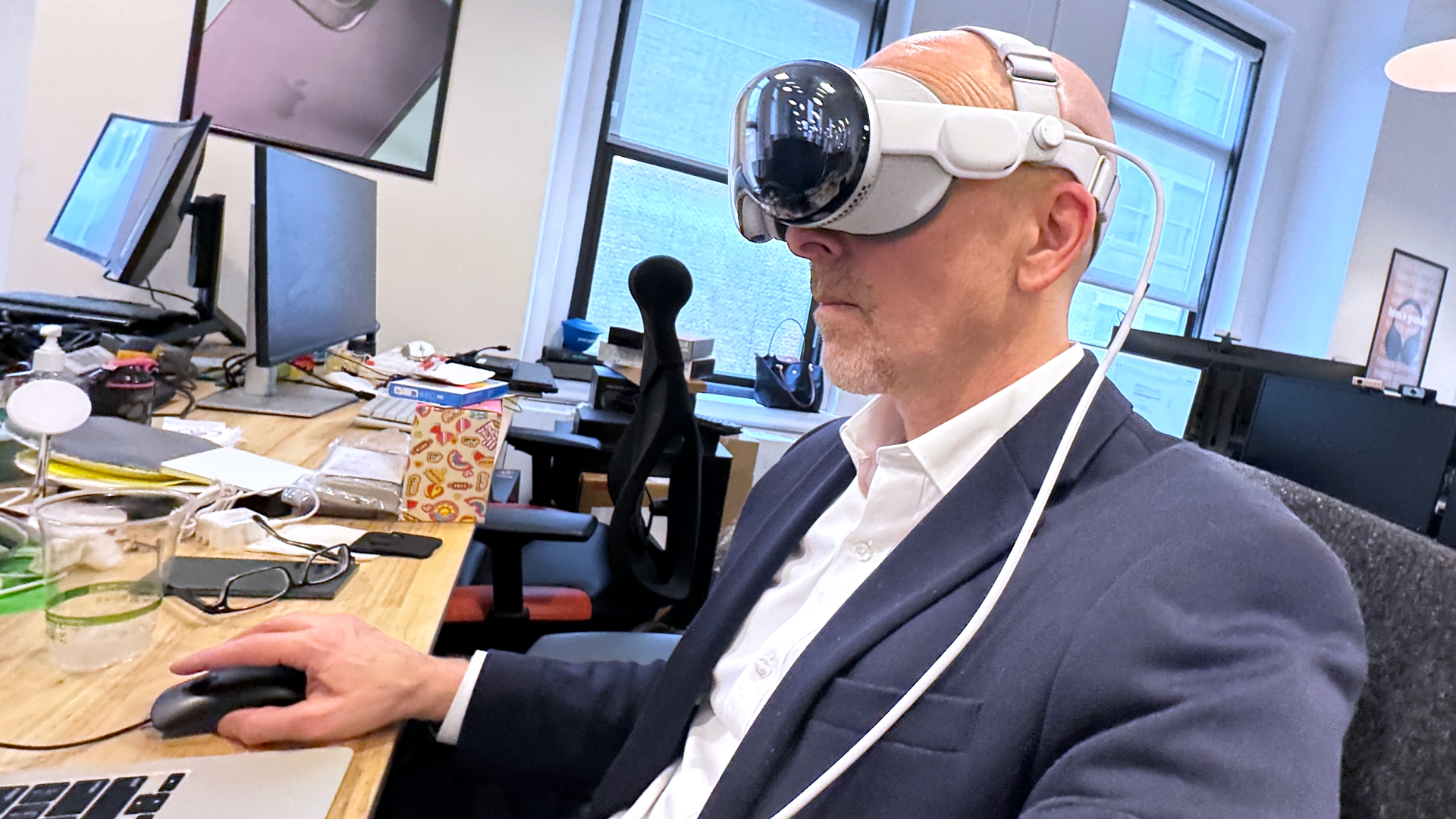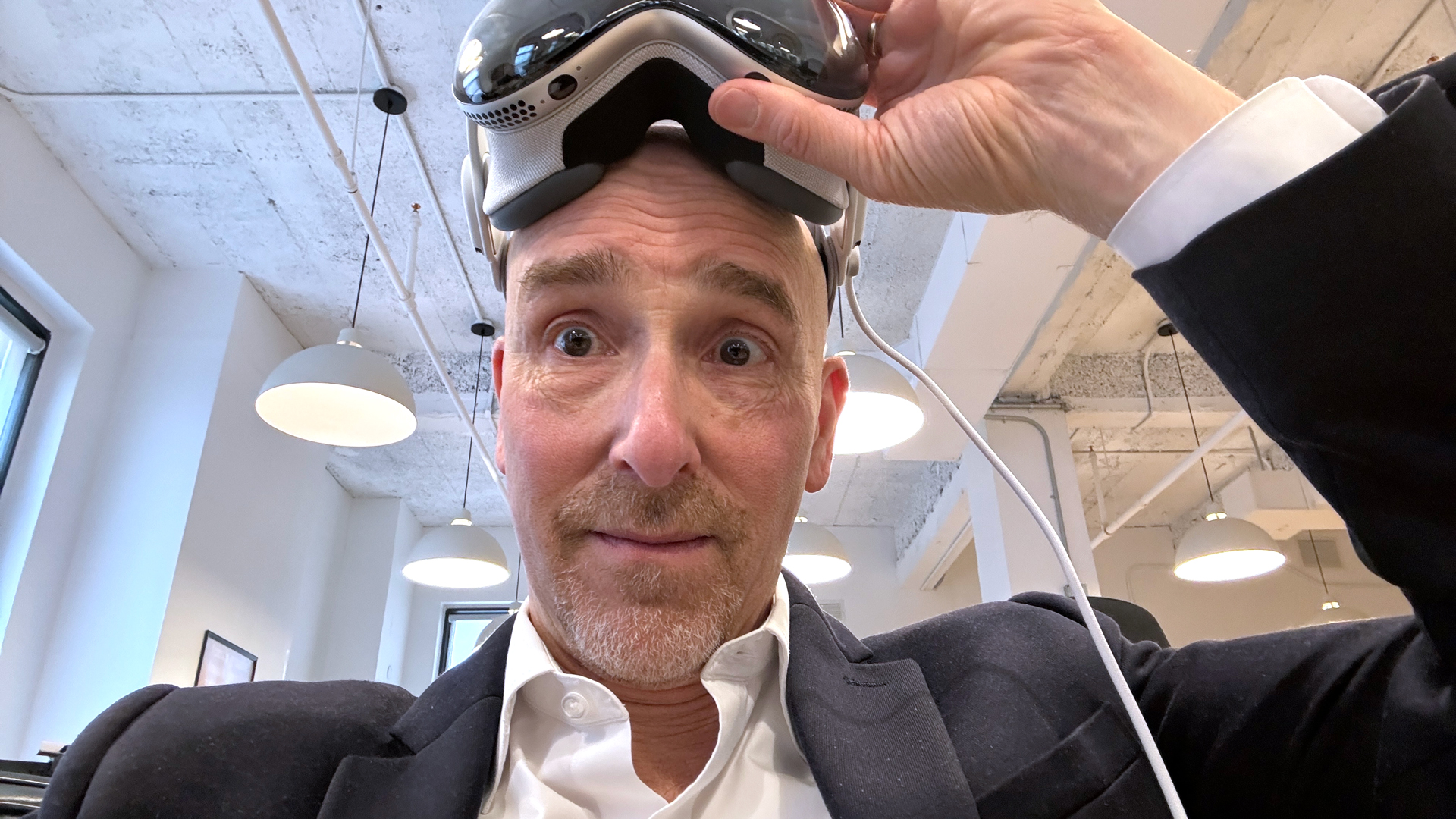[ad_1]

Howdy folks, I’m back to run you through some of the best Meta Quest 3 games and apps I’ve been playing over the past month so you know which ones you might want to pick up and try in May.
Since my last roundup, I’ve completed a month-long VR fitness experiment – where I worked out exclusively in VR for 30 days. It was a great experience, and I’ve since kept up with the apps I relied on (I even talk about one of them down below). I also moved across the country to a new home. It meant I had a little less time to enjoy my Meta Quest 3 recently, but I still made time to give these three titles a whirl.
This roundup includes my thoughts on the prop hunt-like Mannequin, Supernatural’s limited-time Star Wars event, Humanity and Lawnmower Simulator. Let’s get into it.
Mannequin
Mannequin is a very new Meta Quest 3 game that just launched in early access on App Lab – a digital platform for VR games and apps that aren’t yet ready to be featured on the official Quest store. I had the chance to try it out ahead of its App Lab release and had an absolute blast.
Even in this slightly unpolished state, I’d highly recommend giving it a go if you love prop hunt-style gameplay.
Mannequin is a multiplayer title for up to five players. Three players will be Mannequins – strange aliens that can freeze themselves and others in time – and the remaining two will be Agents hunting down the extraterrestrial threat. Each of the four unique maps also features a drove of frozen First Responders, unmoving NPCs that Mannequins can hide amongst.
The prop hunt element comes in here with a special VR twist. Rather than simply mimicking the look of First Responders, Mannequins must also adopt their poses – the game lends a hand by letting you hit ‘A’ to freeze your Mannequin in place so you don’t have to stay perfectly still while being watched by Agents.
Agents are tasked with detecting and shooting Mannequins before the aliens can touch them. The winning side is decided by which team is the last left standing.
In my demo, I played the first three matches and found Mannequin fairly balanced. The alien team did win two matches as their powers are a little easier to understand for newcomers, but the Agents ran away with things in the match they won as the duo had mastered their toolkit and become Mannequin-hunting machines.
The best strategy for either side is to communicate, with the game giving you private team chats so you can discuss tactics from opposite points across the map without enemies listening in. You’ll also want to capture the Energy Extractors if you’re Mannequins – or protect them if you’re Agents – as they give you the ability to see your foes through walls, which is incredibly powerful.
If you’re considering checking Mannequin out, it’s on App Lab right now, with a full release scheduled for late 2024.
Lawnmower Simulator VR
All the way back in January 1998 ( a whole three months before I was born) The Simpsons featured Yard Work Simulator – a gag VR experience that had a line of children looking to experience all the joys of yard work despite hating the real-life chore. Now, 26 years later, developer Skyhook Games has made this joke a reality by bringing its Lawn Mower Simulator to VR on the Meta Quest 3.
Having given it a try I’ll admit I can see why Marge was so skeptical about how much fun Bart would have playing Yard Work Simulator. I can also understand why people would love the Lawnmower Simulator experience – finding relaxation or humor (or both) in the mundanity of it all. There is satisfaction to be found in a virtual job well done and a sort of calming ritual that comes with preparing your machinery between missions.
But it’s not for me.
My biggest issue is motion sickness. Thanks to years of experience, very few VR games and apps make me want to lose my lunch, especially if I use a slight vignette, but some activities, like VR driving, are ones I can’t get over.
I could barely ride around on my mower for five minutes before wanting to hurl, even with vignettes turned on to a fairly high level. This made it impossible to get into the groove and immerse myself.
Another issue I found was with the controls. Button placements made controlling machines a challenge at times, and handling some items could be awkward – the VR interactable elements need a bit of a fine-tune. I also wasn’t captured by the simulator elements, which made these finicky tasks feel tedious and less enjoyable.
If you can handle motion sickness, and like the vibe of these kinds of chore-based simulators from playing them on PC or console then I expect you’ll love Lawnmower Simulator VR. It’s just not an experience I can see myself trying much more of.
Humanity
If you’ve slept on Humanity because it isn’t a classically immersive VR experience you should think again. This brilliant puzzle title is one of the best I’ve played in a while and isn’t one to be missed by fans of the genre.
Humanity is a lot like Moss in that you watch the level from a vantage point up above while using the controllers to manipulate a character in the level – in this instance a Shiba Inu. That’s where the similarities to Moss end as Humanity is much more about puzzle-solving than action, though that’s not to suggest its levels aren’t exhilarating.
Using a mixture of barked commands you must guide an endless stream of people around the stage to their destination. Completing this base objective gets tougher as you progress, but the real challenge comes from capturing each level’s Goldies – large golden figures located in inconvenient spots – with the solutions always feeling rewarding.
Creating a proper challenge with simple pieces is the hallmark of a fantastic puzzle game, and Humanity achieves this with aplomb.
Best of all, if you aren’t 100% convinced by me, you can download a 30-minute demo to try Humanity before you buy it.
Supernatural
I’ve been using Supernatural a lot recently. It’s the VR fitness app I fell in love with during my month-long VR fitness experiment, and I still use its boxing workouts regularly to stay active.
I took a little time off boxing recently and swapped my gloves for batons as I dueled my way through the Star Wars-themed workouts Supernatural added for Star Wars Day. When you’re reading this, unfortunately, the levels have been removed, but with or without John Williams’ inspiring score Supernatural is a blast of a fitness app.
Saying that, I’ve never felt more pumped than slashing through beats while Duel of the Fates blasts through my Meta Quest 3’s speakers. The track featured on the Dark Side playlist and with other bangers like the Imperial March I’ll admit I can see why Anakin Skywalker and others turned their back on the Jedi – those Sith folks have some killer anthems.
I was disappointed when the Star Wars playlists left, but with so many other workout playlists to try I know I’ll be sticking with Supernatural for months to come.
You might also like
[ad_2]
Source Article Link





